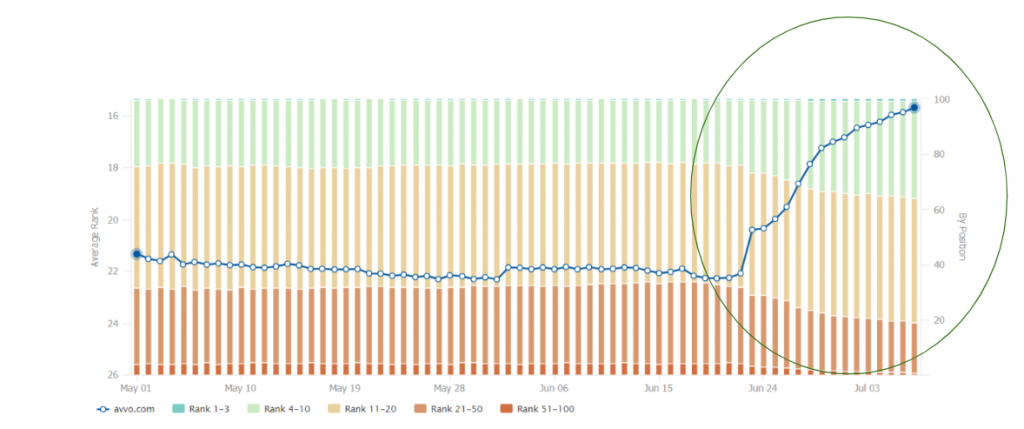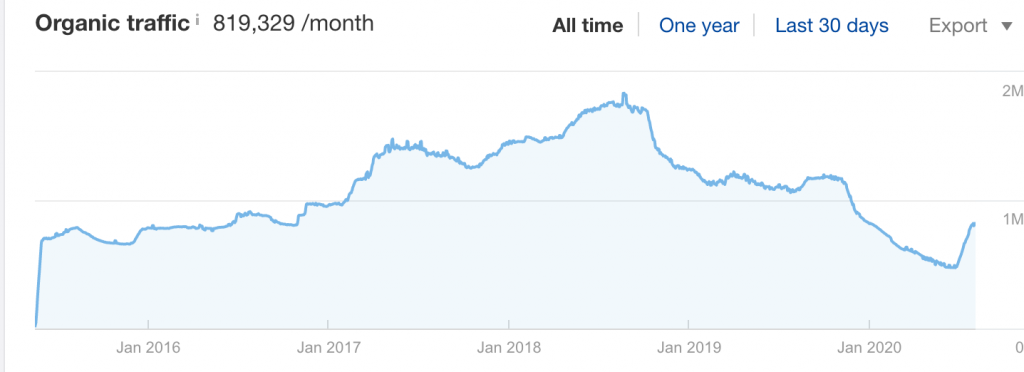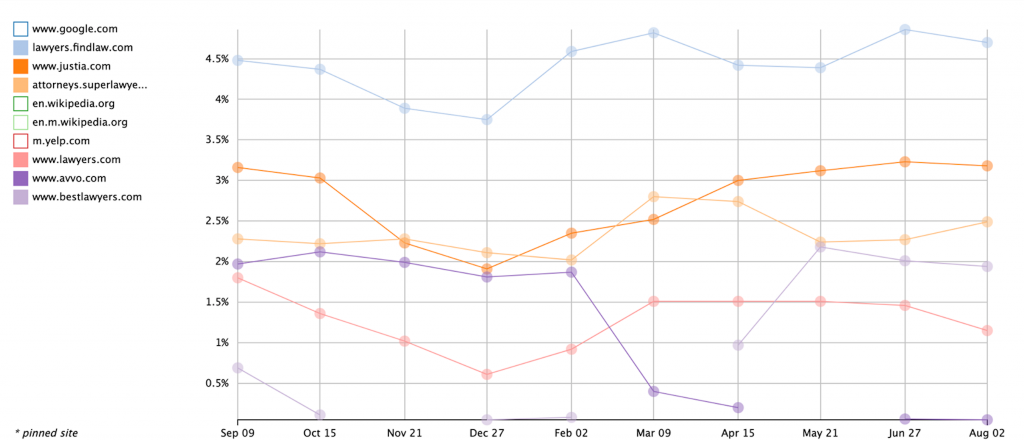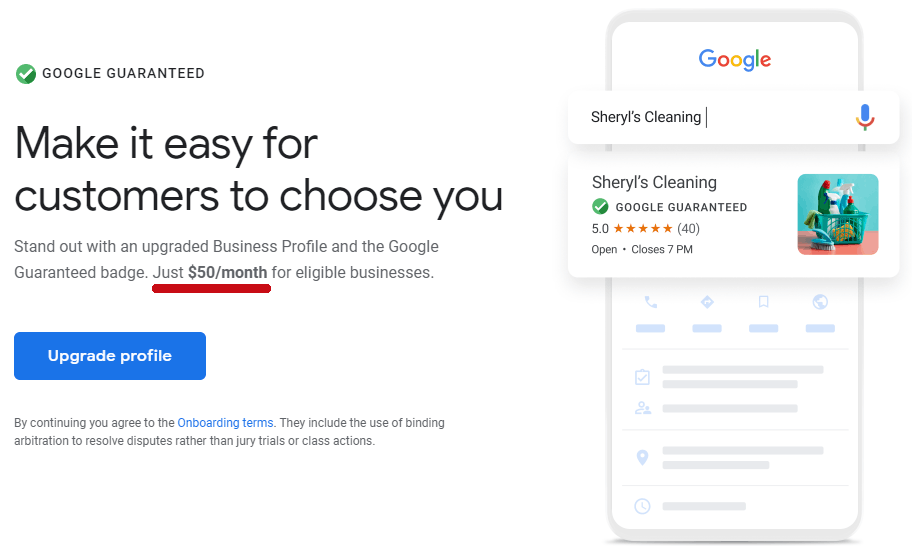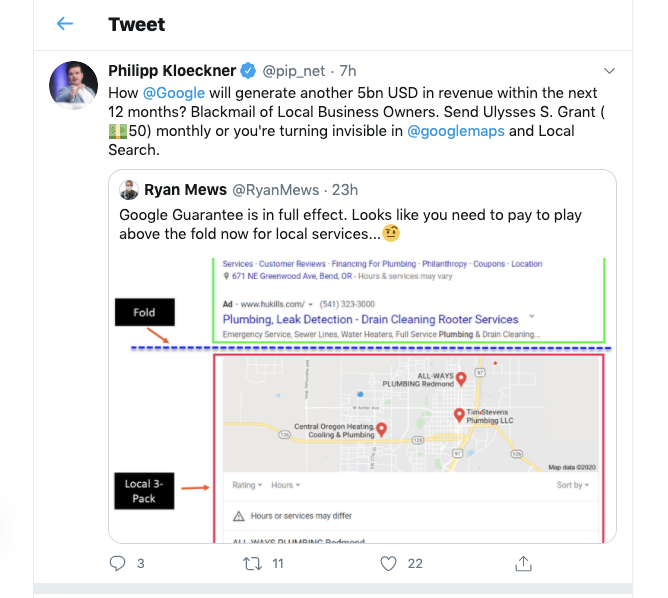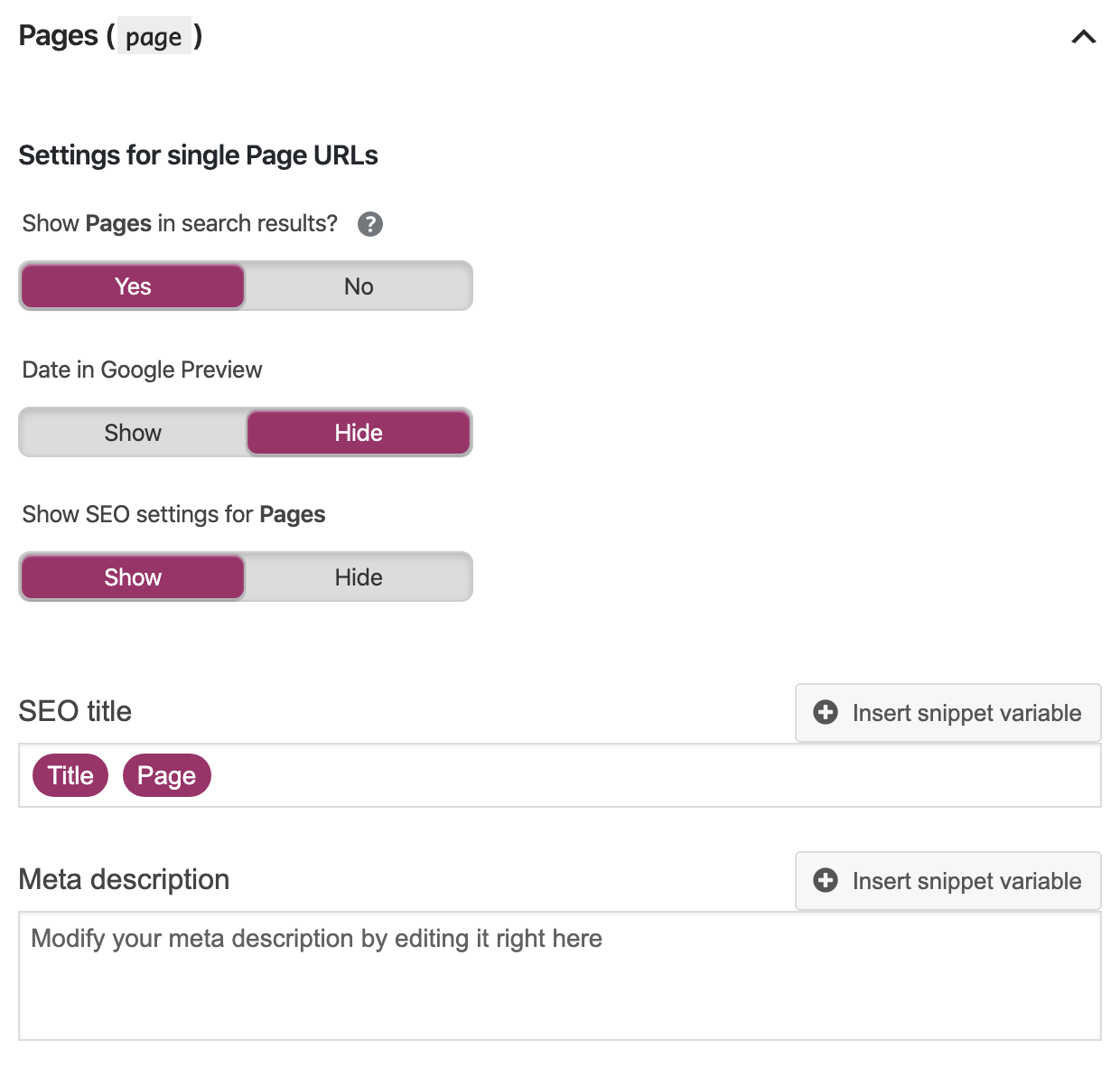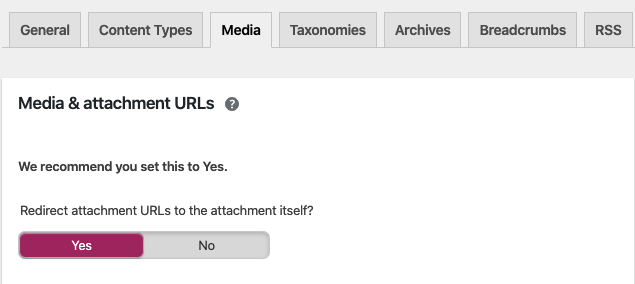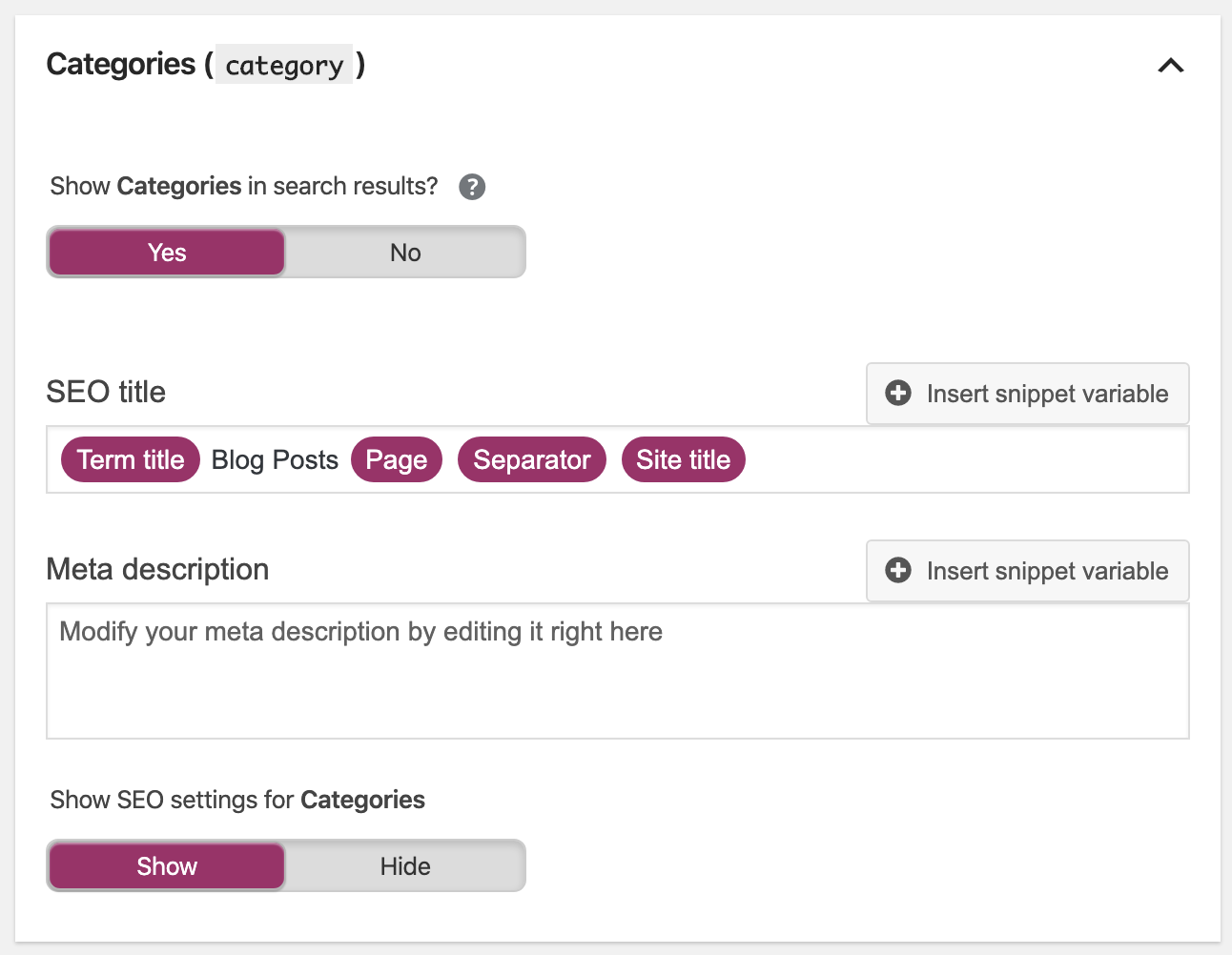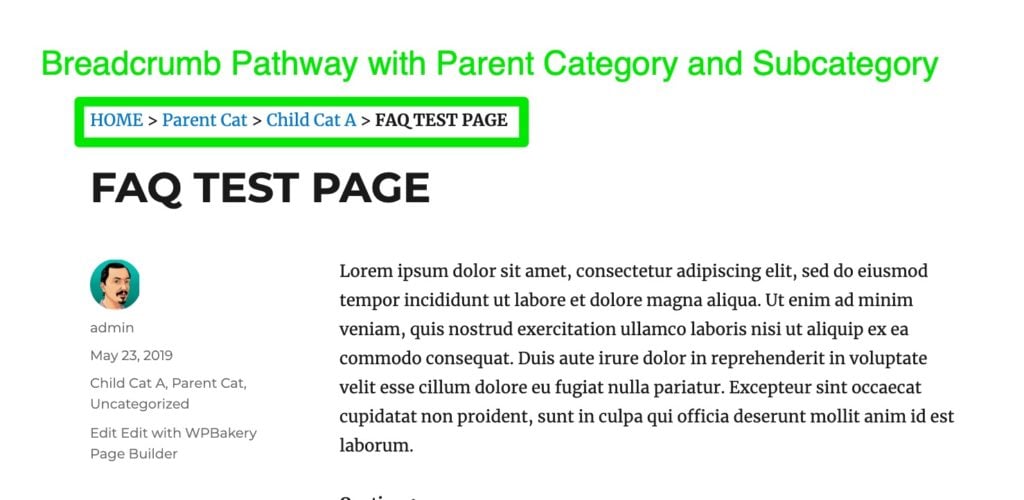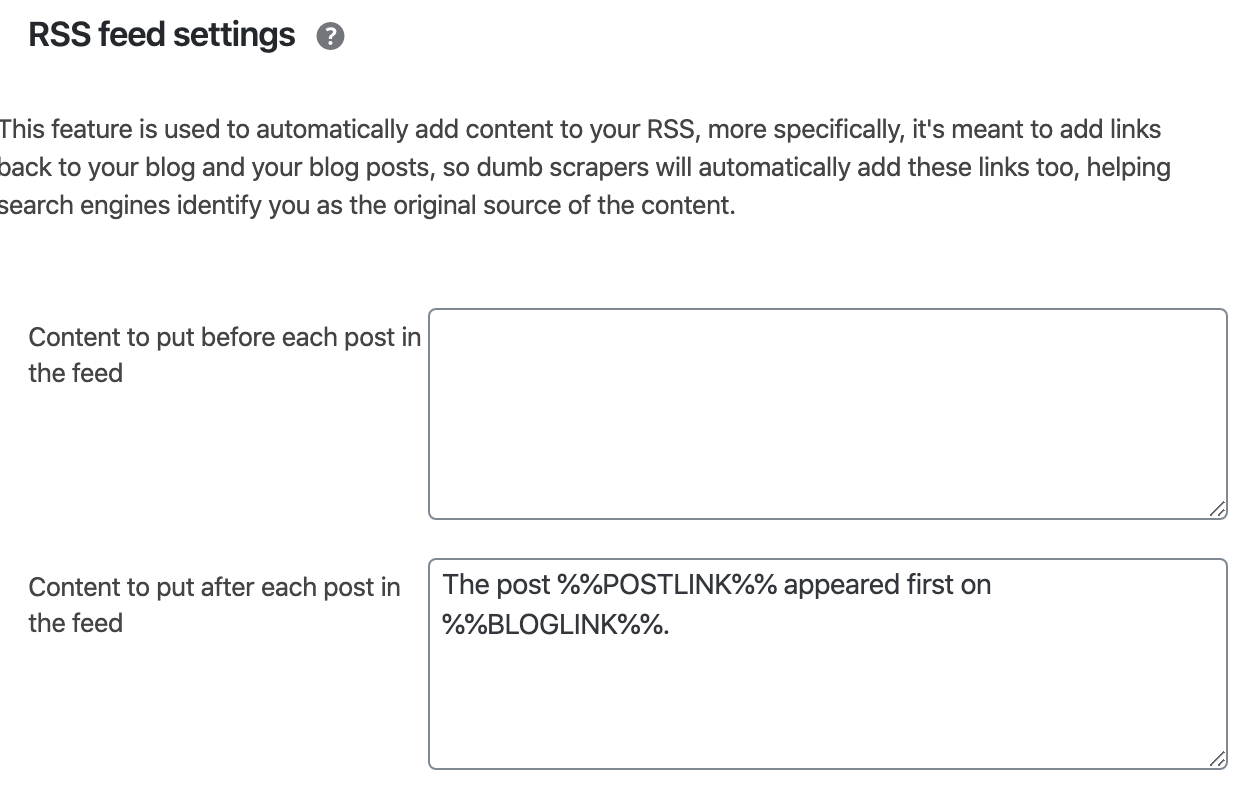You may be familiar with the idea of anchor text, the words you click to follow a link on a website. You may also be aware that that anchor text has importance from an SEO perspective. So what happens when a website sends a link with no anchor text, just a raw, or, “naked” url with a link (example: https://mockingbird.marketing/). Before getting into Google’s answer, let’s give some background.
What is anchor text, and why should I care?
As mentioned above, anchor text is the actual words you click to follow a link on a site. These links can be either internal or external. Internal links refer to other pages on the same site, while external links point out to another site. For both internal and external links, search engines take anchor text as a clue about what the content on a given page is about, above and beyond just that of the content on the page. If Google sees a page with appropriately named anchor text for “personal injury law firm”, “car accident stats”, and “truck wreck lawyer”, that’s even more evidence that the page really is about personal injury law.
Now, you have no control (or at least, very little) over the anchor text that sites linking to your own use for anchor text. With that being said, there are a set of best practices for your own internal anchor text:
- Succinct: be as efficient with your words as possible. What is the page you’re sending users to about?
- Relevant: does the page you’re sending users to actually apply to what the page is about?
- Low keyword density: in the google old days, SEOs could easily spam anchor text with great results. Now, the pendulum has swung the other direction, and search engines are hyper-critical of keyword heavy anchor text. Back to item number 1, be succinct.
- Not generic: be helpful guiding users to another page
How are naked URLs treated by Google?
Given that background, what happens if anchor text isn’t there, and a webmaster just puts the actual link in content? In a Google Office Hours SEO Hangout Google’s John Mueller gave the following response:
“… in that situation we treat that URL as anchor text. From what I understand, our systems do try to recognize this and say well, this is just a URL that is linked, it’s not that there’s a valuable anchor here. So we can take this into account as a link but we can’t really use that anchor text for anything in particular. So from that point of view it’s a normal link but we don’t have any context there.”
What does this tell us? My biggest takeaways from this response are that 1. anchor text is important. Google is definitely still paying attention to the linked words within content, and 2. Google isn’t paying too close attention the the context of the anchor text. I would have expected John to lead with the idea that in the absence of anchor text, context, or the text surrounding the anchor text, is used to gain a sense of what the link is about, but this doesn’t seem to be the case. When asked about this John followed up with:
“Yeah, yeah… I mean that’s something we do definitely take into account but it’s very secondary. I mean there’s no kind of like value of strength for the context there but I’d say it’s like that anchor text is really obvious and we can collect that and we can look at that overall and kind of the context of the linking pages is something well. It’s like we also need to think about at some point. But the anchor text is really kind of the primary thing.”
So, long story short, anchor text is still important, and Google still leans on it to help them figure out what is important on a page.

